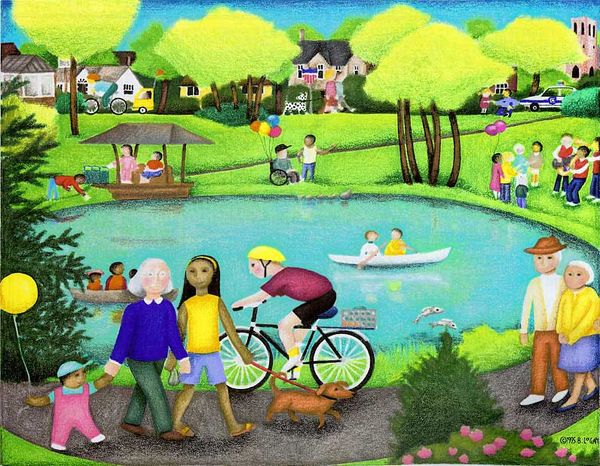By now, it is widely accepted that wealthier countries are not inevitably those in which their citizens have higher levels of well-being than countries whose GDP is lower. However, in the late 1970s and 1980s, as economics was predominantly confined to utilitarian thinking, many considered this to be a linear relationship. Amartya Sen, the renowned Indian economist, fundamentally challenged these economic beliefs. Later collaborating with the American philosopher Martha Nussbaum, Sen introduced the capability approach (CA) as a groundbreaking framework for evaluating human well-being and reshaping sustainable development.
Sen’s journey into the realm of the capability approach began with a critical examination of utilitarianism, a dominant ideology in the late 20th century. Utilitarianism prioritizes the maximization of overall utility, often neglecting the distribution of resources and human well-being. Sen argued that this perspective failed to account for essential human aspects, such as health, nutrition, and shelter, limiting its ability to address true human well-being.
In conventional economic theory, individuals are often portrayed as Homo economicus, rational agents who can optimize their desires and well-being. This oversimplified view overlooks the vast differences in how individuals value various goods based on their unique circumstances. Sen emphasized that assessing the value of goods should consider their contribution to human well-being rather than inherent value.
Sen’s CA is rooted in the idea of capabilities, which represent the freedom to achieve valuable functionings. Functionings encompass the array of actions and experiences a person can attain given their resources and circumstances. Unlike traditional economics that focuses on material resources, CA centers on the real freedoms individuals have to lead a life they value.
Within CA, ‘basic capabilities’ are fundamental to covering essential needs and avoiding poverty. Poverty is viewed as a deprivation of these basic capabilities, shifting the focus from income or GDP to human development outcomes. Sen argues that commodities are means to well-being, not the end goal itself.
Martha Nussbaum, a prominent scholar in CA, introduced ten central capabilities that serve as a benchmark for measuring human development. Her work, influenced by Aristotle and Marx, aligns with Sen’s ideas on human flourishing but emphasizes concrete capabilities.
Despite variations in interpretations, CA has become a crucial framework in welfare economics, political philosophy, and development studies. It provides a comprehensive view of societal structures and institutions, taking into account personal, social, and environmental conversion factors.
The capability approach has garnered global recognition, with the establishment of the Human Development and Capability Association and the UN Human Development Report adopting CA-based indicators. While it has faced criticism for its individual-centric focus, CA has undeniably transformed the fields of development and welfare economics.
So, why does all of this matter in the Quest for Action? The capability approach shifts the focus from mere economic growth to improving people’s lives, which is at the heart of the SDGs. By prioritizing well-being, it aligns with many of the SDGs like reducing poverty, ensuring good health, promoting quality education, and fostering gender equality. In essence, it provides a powerful framework for achieving a more just and sustainable world where people’s lives truly improve.


